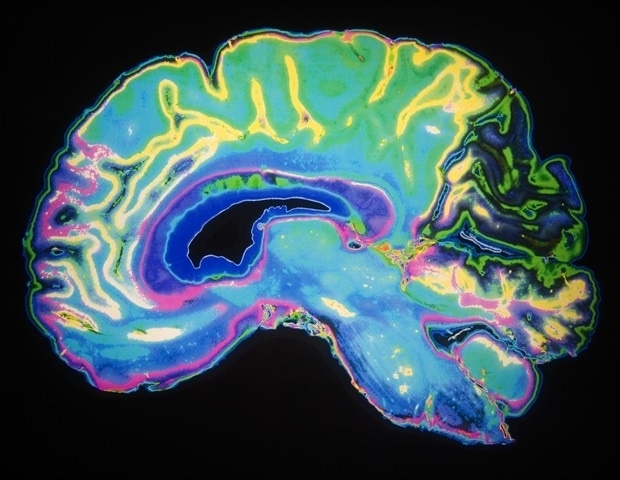You join a swing dance class, and at first you're all left feet. But – slowly, eyes glued to the teacher – you pick up a step or two and start to feel the rhythm of the big band beat. A good start.
Then you look over and realize the couple next to you has picked up twice the steps in half the time. Why? According to a new study from University of Florida biomechanical researchers, the quick, athletic learners among us really are built differently – inside their brains. That's what UF Professor of Biomedical Engineering Daniel Ferris, Ph.

D., and his former doctoral student, Noelle Jacobsen, Ph.D.
, discovered when they studied how people learn new motor skills. They hooked up dozens of healthy people to brain-monitoring electrodes and had them walk on a treadmill with two belts moving at different speeds. The treadmill forced people to rapidly learn a new way to walk.
Noelle was able to analyze brain activity of the best learners versus the slow learners and, lo and behold, some of the areas that were important were very clear in their brains. The biggest surprise to us was that the visual cortex was very involved in the differences between the slow and fast learners. That suggests there's something about visual information that is key to how you're learning to move your body.
" Daniel Ferris, Ph.D., UF Professor of Biomedical Engineering This isn't the first evidence for the role of visual information in acquiring new skills.
Ferris' lab has also shown that briefly interr.























